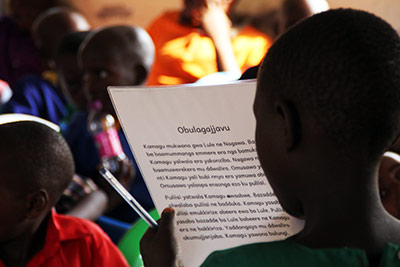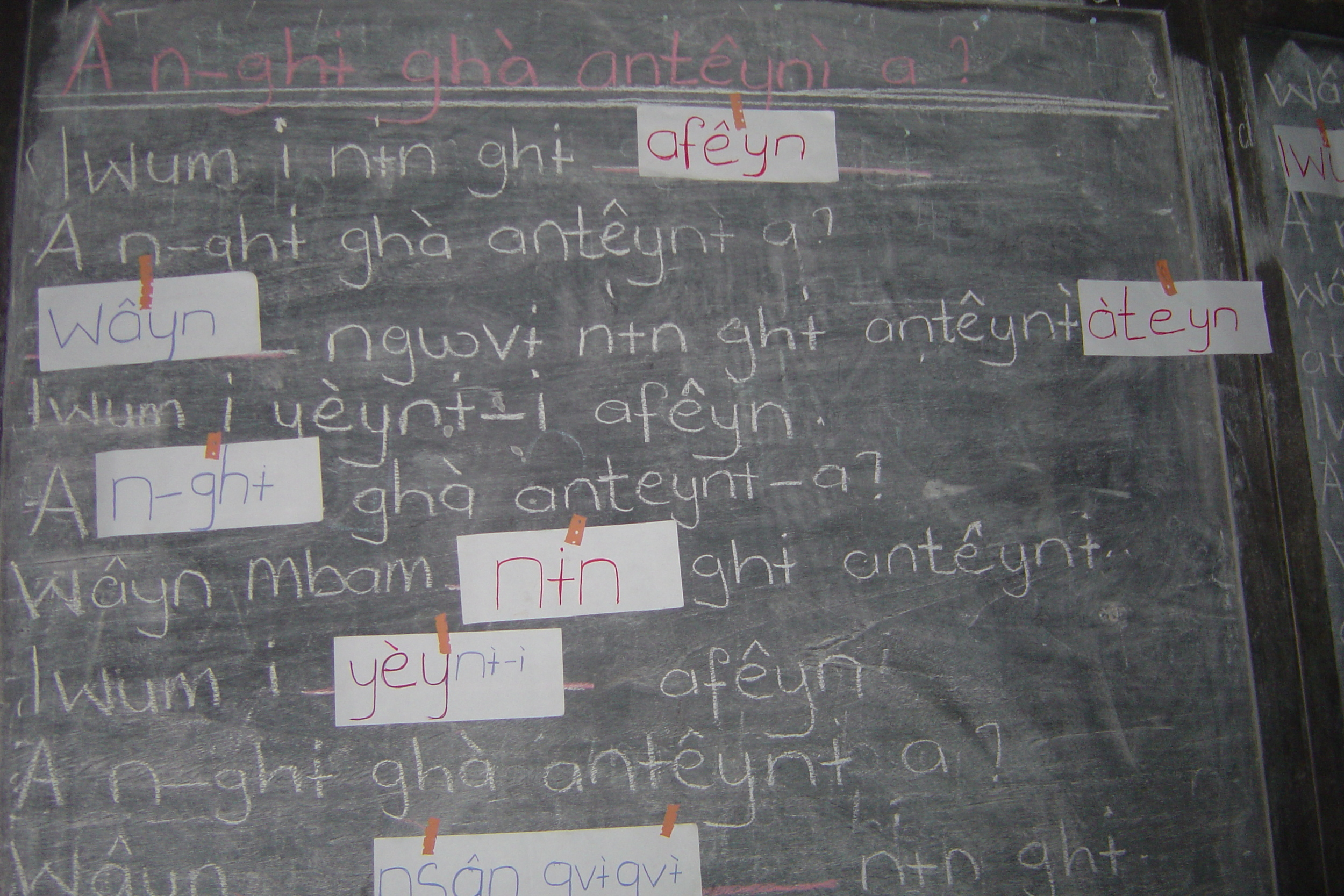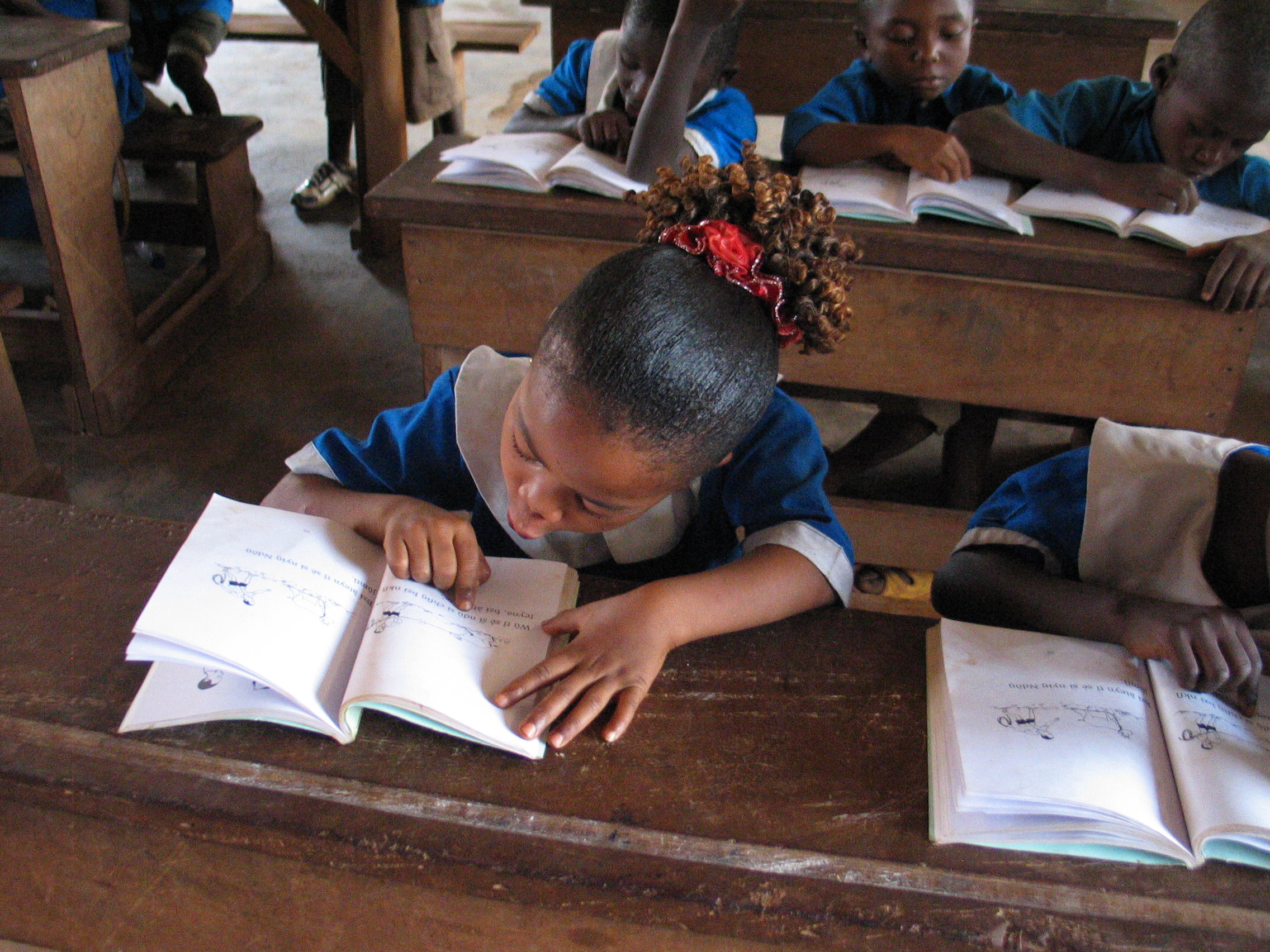Is Language Boring? Last, but Critical.
/This is the second half of a two part story about a USAID Uganda School Health and Reading Program materials development workshop, written by SIL LEAD consultant, Agatha J. van Ginkel. You can find part one on our blog. And ‘like’ SIL LEAD on facebook to get notifications about new stories and continued updates about the USAID School Health and Reading Program.
While we have been developing the materials for grade 4 for the local language, the English team has been upstairs developing the materials for grade 4 English. Grade 4 is a transition year for the children. They will switch from having their local language as the medium of instruction to having English as the language of instruction. The team realises that the children will still find that very difficult. There are so many words for the children to learn. The team is pondering, “Which words are keywords that need to be included in the materials for grade 4?” Luckily, in grade 4 English as a subject is on the schedule seven times during a week, so the children will have plenty of time.
On a daily basis the Local language team and the English team discuss together how they can link the two languages. How can English make use of what has been learned in the Local Language first? Making use of what is known is called the ‘interdependence theory’ — what is learned in the first language will transfer to the new language once the learners have sufficient knowledge of the language.
Another way this transition is facilitated is by integrating some key English vocabulary in the local language books. All the page headers are in English. Each new concept introduced in week 1, practised in week 2, and applied in week 3 is also given its English name in week 3. So, once the children are familiar with the concept in their local language, they learn the English word for it. That will make it easier to make the transition: They know the concept in their local language, they know the label for it in English, and now they can use it in English as well. (This assumes, of course, that they have sufficient vocabulary to express themselves in English.)
While everyone is writing, drawing and thinking, the typists keyboard all the outputs. They type away, typing both in languages they know and ones they do not know. While the typists seem to be the last people on the book development chain, their role is crucial. Their work gives the teams feedback about whether sufficient, too much, or too little content was written. The typists transcribe all the lessons directly into the book design program Bloom. It has been developed and set up in such a way that with a little training, they can design the books.
Materials development for grade 4 is a dynamic process with many different parts. Excitement is in the room as stories are prepared, lesson are written, and illustrations are drawn. Facilitating this process is exciting and challenging at the same time. Days like today are good days—days in which I think I have the best job ever!
You can read more about the USAID School Health and Reading Program here.

















